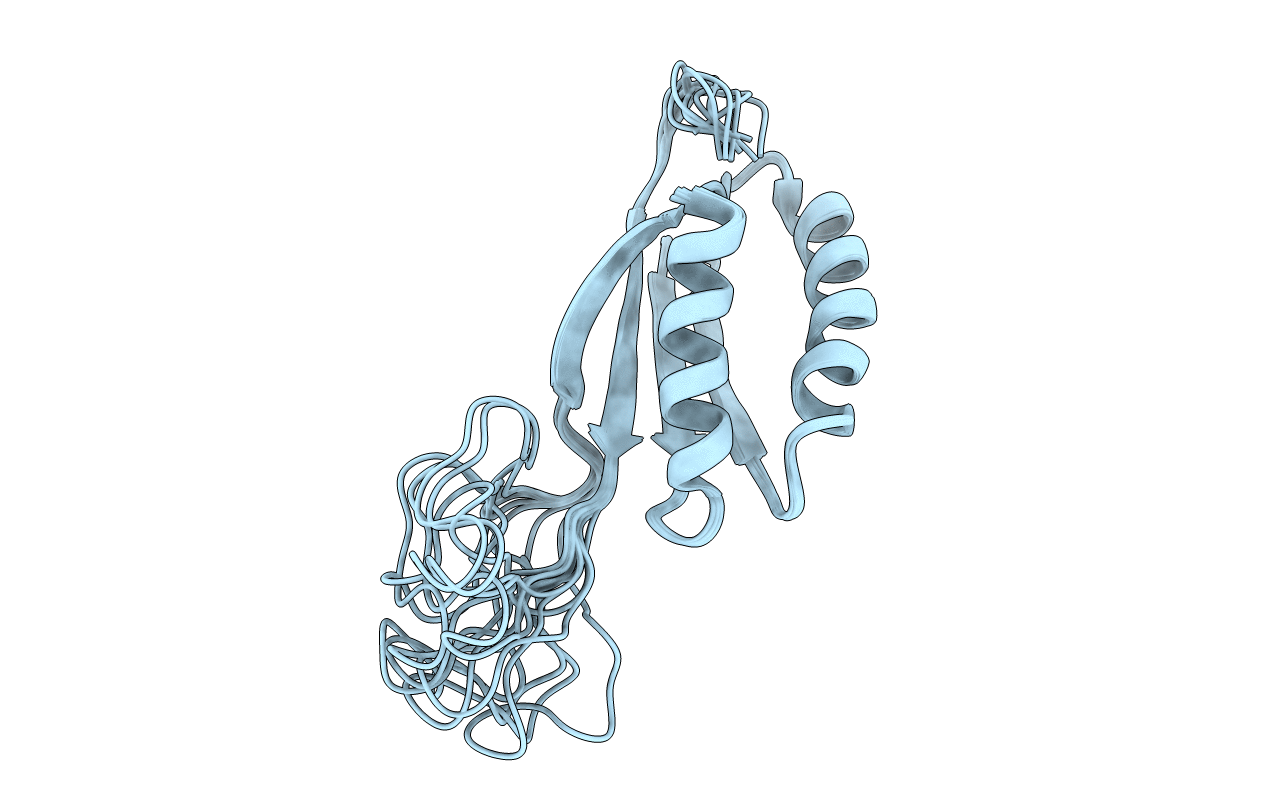
Deposition Date
2002-11-12
Release Date
2003-05-06
Last Version Date
2024-05-22
Entry Detail
PDB ID:
1N6Z
Keywords:
Title:
Solution NMR Structure of Protein YML108W from Saccharomyces cerevisiae. A novel member of the split bab fold. Northeast Structural Genomics Consortium Target YT601.
Biological Source:
Source Organism:
Saccharomyces cerevisiae (Taxon ID: 4932)
Host Organism:
Method Details:
Experimental Method:
Conformers Calculated:
200
Conformers Submitted:
10
Selection Criteria:
structures with the lowest energy


